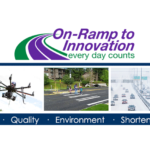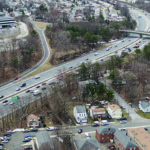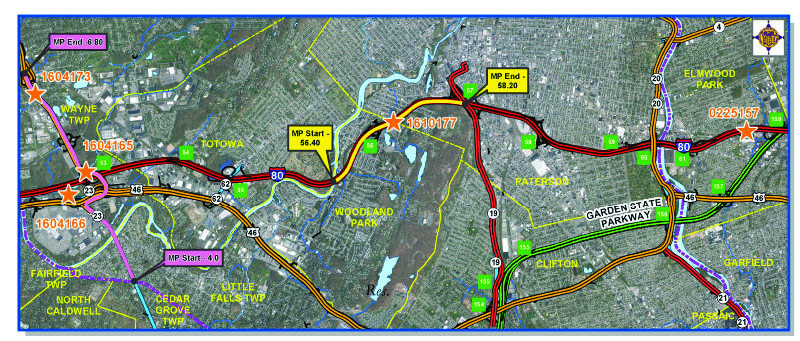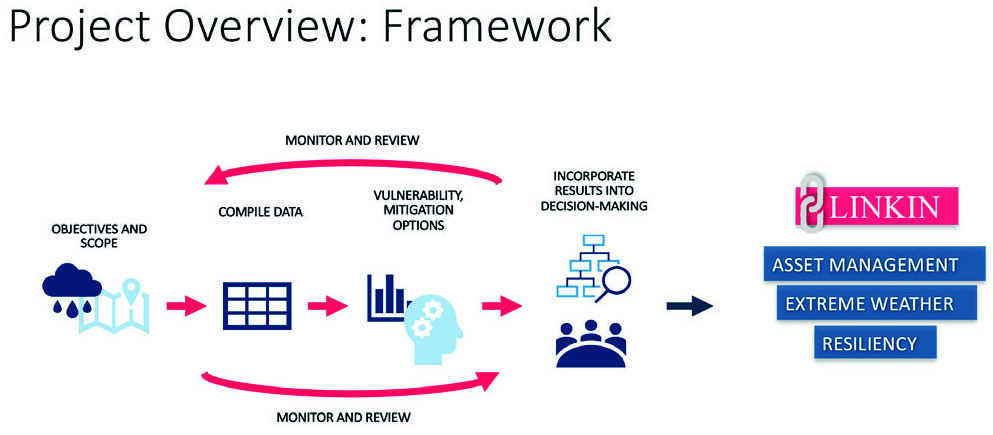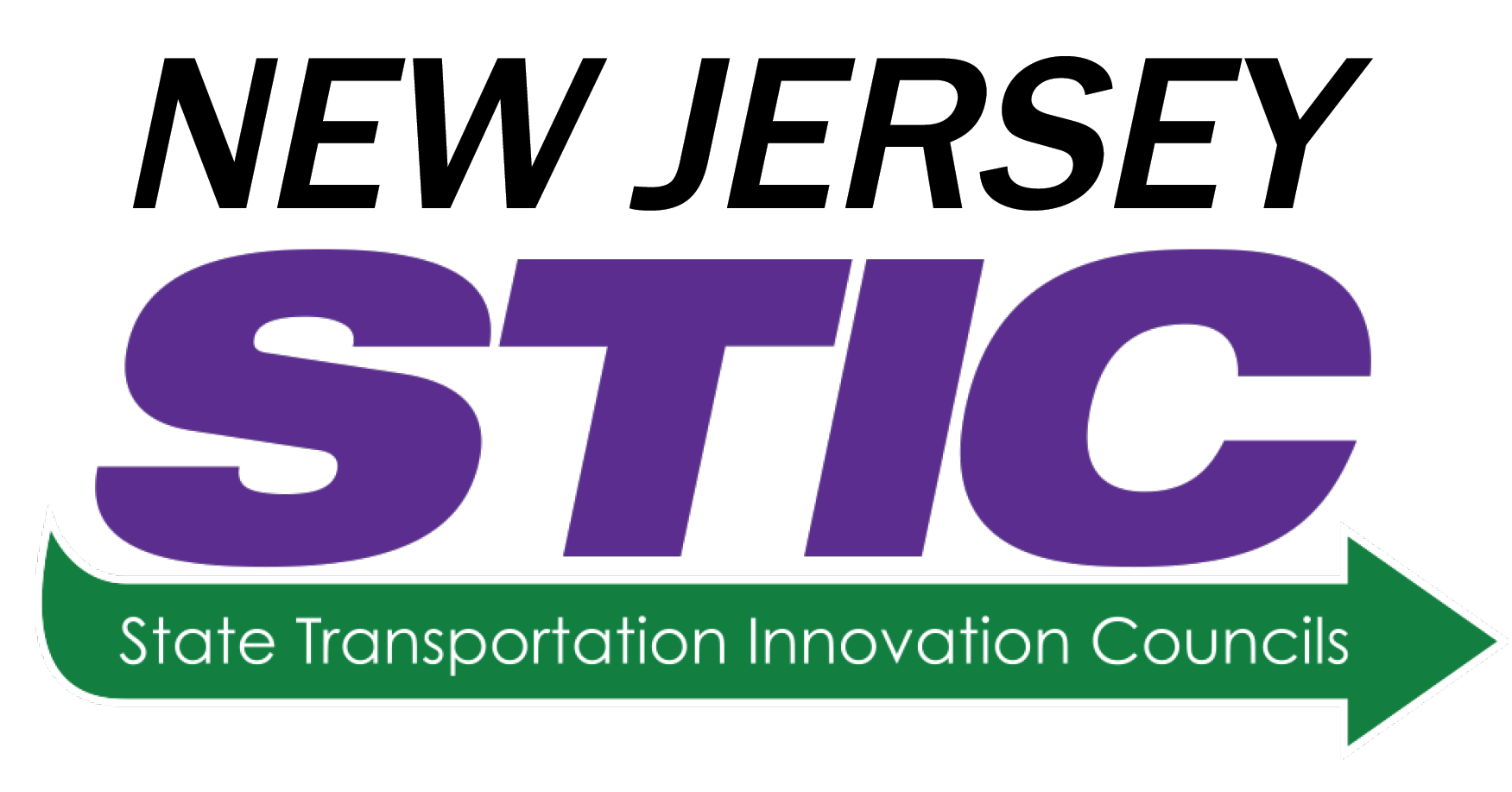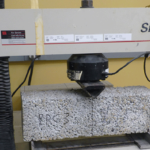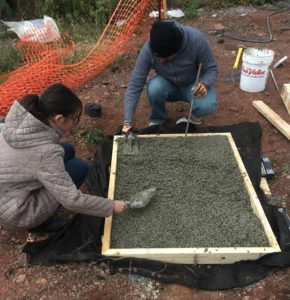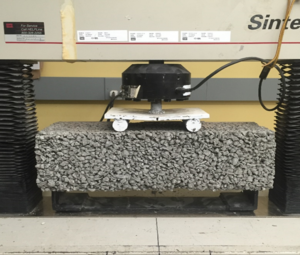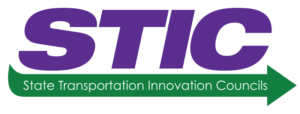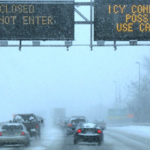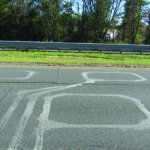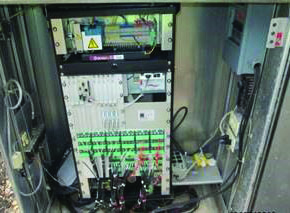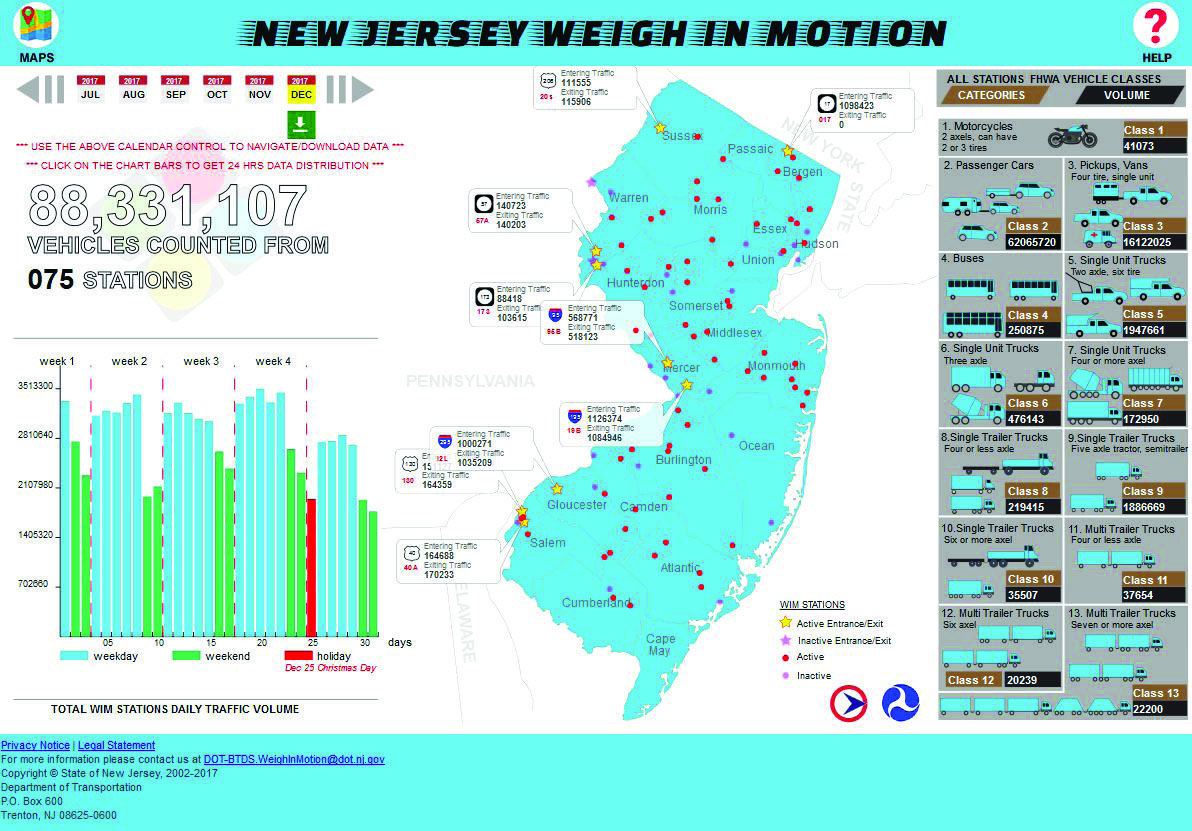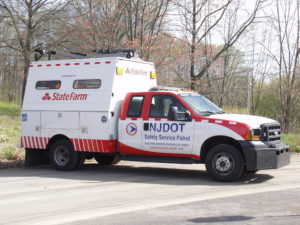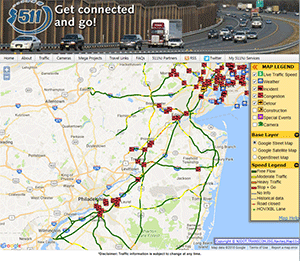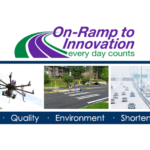Employing pavement preservation techniques can help reduce greenhouse gas emissions, and contribute to savings for both transportation agencies and drivers, according to a recently published study in the International Journal of Sustainable Transportation. The researchers determined that extending the life of pavement through preventive maintenance can reduce greenhouse gases by 2 percent; save transportation agencies between 10 to 30 percent in spending; and reduce cost for drivers between 2 to 5 percent on fuel consumption, tire wear, vehicle repair, and maintenance because of smoother surfaces (Bates 2019). This research can assist transportation agencies like NJDOT and local public agencies consider the right maintenance strategies when determining environmental effects in future projects.
This research is notable, in part, because pavement preservation has been a hot topic among many state highway agencies. The Federal Highway Administration’s Every Day Counts (EDC) program brought greater attention to the benefits of pavement preservation by making it one of its national initiatives in the fourth round of the EDC program. Through EDC-4, many states made commitments to increase their use of pavement preservation treatments and give a fuller commitment to its integration in their maintenance programs (FHWA 2018a).
NJDOT has significantly increased its use of preventive maintenance treatments on roadways in good or fair condition in recent years. Applying preventive maintenance treatments early has proven to be cost-effective by slowing the rate of deterioration and allowing NJDOT to reduce the backlog of deficient pavements. The lead author for this research, Hao Wang, previously worked as the co-investigator on a NJDOT-funded research study, Appropriate Implementation of Pavement Preservation Treatments, completed in 2015. That study looked at the pavement preservation techniques that NJDOT could use on its high volume state-maintained roads (Wang & Vitillo 2015).
Pavement preservation consists of surface refreshment to alleviate functional indicators of deterioration, such as friction, minor cracking, or oxidation. The three pavement preservation treatments considered in this recently published research were thin asphalt overlay (placing up to 2 inches of asphalt on roads), chip seal (spraying asphalt emulsion on pavement and laying aggregate), and crack seal (filling cracks with rubberized asphalt or polymer-modified asphalt with some filler).
While previous studies have looked at the environmental impact of preservation treatments at the construction stage, few have considered how the change in pavement smoothness affects vehicle fuel consumption and tailpipe emissions. The purpose of this study was therefore to systematically look at both the construction and use stage to determine the environmental impacts of several pavement preservation treatments throughout the whole life-cycle.
In order to quantify the environmental impact, the researchers used life-cycle assessment (LCA), focusing specifically on CO2 emission for global warming potential (GWP). To determine the emissions during construction stage, the group looked at the raw material, manufacturing, transport, and placement.

Illustration of different stages in pavement LCA with system boundary (Wang et al. 2019)
Researchers measured pavement condition using the International Roughness Index (IRI), which states are required to report to the FHWA as it provides a standardized and objective measurement methodology. IRI models for pre- and post-treatment were then created with data obtained from the Long-Term Pavement Performance (LTTP) program Specific Pavement Studies (SPS-3). The LTTP program was established in 1986, and has been maintained by the FHWA since 1991, with the purpose of collecting and storing pavement performance data in a centralized database (FHWA 2019). SPS-3: Preventive Maintenance Effectiveness of Flexible Pavements specifically compares the effectiveness and mechanisms of selected maintenance treatments to preserve and extend pavement service life, safety, and ride quality (FHWA 2018).
The pavement’s pre- and post-treatment effects on vehicle fuel consumption and air quality were then analyzed using data from the Highway Development and Management Tool (HDM-4) and the Motor Vehicle Emission Simulator (MOVES). HDM-4 is a software package that is used worldwide for analysis, planning, management, and appraisal of road maintenance, improvements, and investment decisions. MOVES is the EPA’s emission modeling system for mobile sources, which is used at all project levels to estimate for criteria air pollutants, greenhouse gases, and air toxics.
The results for the CO2 emissions at the construction stage showed significant differences in energy consumption for the three pavement preservation treatments, mostly due to the varying raw materials and manufacturing processes. Thin asphalt overlay had the highest energy consumption, followed by chip seal, and then crack seal, which requires a comparatively small amount of material over the entire process. Additionally, thin asphalt overlay tends to have a higher cost compared to the other two. At the use stage though, thin overlay showed the highest reduction of CO2 emissions, based on the post-treatment IRI values, and crack seal the lowest reduction.
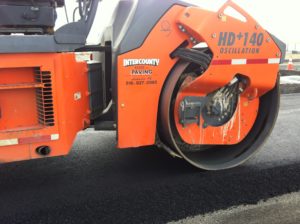
A machine compacts asphalt over existing pavement at a construction site at John F. Kennedy International Airport in New York City (Wang 2019).
Despite their environmental impacts, the various preservation treatments still had an overall benefit when quantified using a life-cycle assessment approach, according to the researchers. Additionally, they found that the timing of preservation treatment could have a large effect on the subsequent emissions at the use stage. Specifically, for thin overlay and chip seal, the optimal time to achieve maximum life-cycle environmental benefit becomes earlier as traffic volume or initial IRI value increases. Despite the variance in effectiveness over the life-cycle, all three treatments reduced emissions overall.
In explaining the rationale for the research, the study’s authors note that transportation sector is second to electricity in generating greenhouse gas emissions among all U.S. end-use sectors at 27 percent. Additionally, fuel consumption of vehicles accounted for 83 percent of the total greenhouse gas emissions within the transportation sector in 2015. In December 2018, Governor Phil Murphy announced that New Jersey would be rejoining the Regional Greenhouse Gas Initiative, a group of neighboring states that have set policy goals and initiatives in order to achieve a 100-percent clean-energy portfolio by 2050 (Murphy 2018). Improving the performance of existing highways is well-aligned with this initiative.
By filling the gap in research focused on the entire life-cycle environmental impacts of pavement preservation treatments, the research offers important information for life-cycle assessment in future roadway projects. As transportation agencies look at how to manage their current assets, reduce costs, and avoid and minimize environmental impacts, pavement preservation offers a multitude of benefits to help achieve these goals.
Shown above is a Bergkamp M1, which can be used for slurry seal and microsurfacing. Source: By Eric Pulley – Own work, CC BY-SA 3.0, https://commons.wikimedia.org/w/index.php?curid=5176467
Citations:
Bates, Todd. “Keeping Roads in Good Shape Reduces Greenhouse Gas Emissions, Rutgers-Led Study Finds.” Rutgers Today. January 14, 2019. https://news.rutgers.edu/keeping-roads-good-shape-reduces-greenhouse-gas-emissions-rutgers-led-study-finds/20190114#.XH2SRYhKiUl.
BTS. “Road Condition.” Bureau of Transportation Statistics. June 2015. https://www.bts.gov/content/road-condition.
FHWA. “Long-Term Pavement Performance.” FHWA. 2019. https://highways.dot.gov/long-term-infrastructure-performance/ltpp/long-term-pavement-performance.
FHWA. “Pavement Preservation (When, Where, and How).” Center for Accelerating Innovation. May 30, 2018a. https://www.fhwa.dot.gov/innovation/everydaycounts/edc_4/pavement.cfm.
FHWA. “Specific Pavement Studies.” FHWA. March 12, 2018b. https://highways.dot.gov/long-term-pavement-performance/data-collection/specific-pavement-studies.
Murphy, Phil. “Murphy Administration Proposes Rules For State’s Re-Entry Into Regional Greenhouse Gas Initiative.” Office of the Governor. December 17, 2018. https://nj.gov/governor/news/news/562018/approved/20181217b.shtml.
Vitillo, Nicholas, and Hao Wang. “Appropriate Implementation of Pavement Preservation Treatments.” NJDOT. April 2015. https://www.state.nj.us/transportation/refdata/research/reports/FHWA-NJ-2015-011-I.pdf.
Wang, Hao, Israa Al-Saadi, Pan Lu, and Abbas Jasim. “Quantifying Greenhouse Gas Emission of Asphalt Pavement Preservation at Construction and Use Stages Using Life-cycle Assessment.” International Journal of Sustainable Transportation. January 11, 2019. https://www.tandfonline.com/doi/abs/10.1080/15568318.2018.1519086?journalCode=ujst20.

